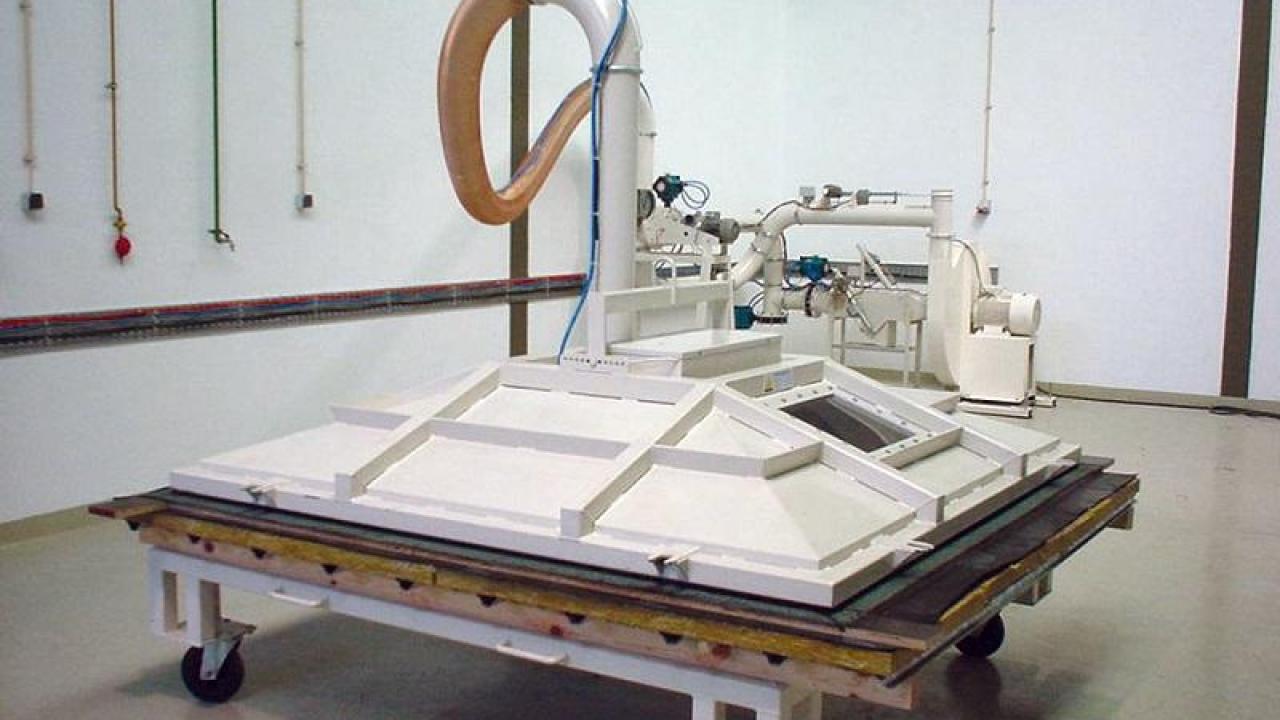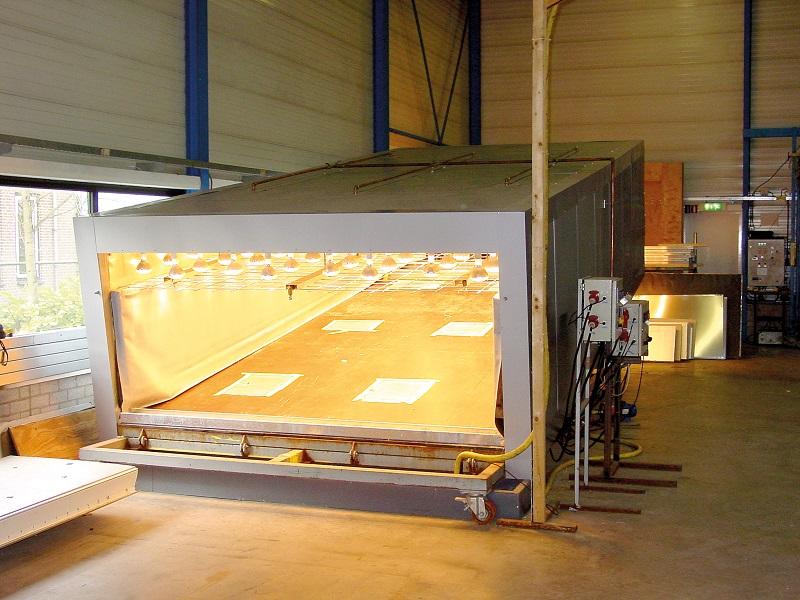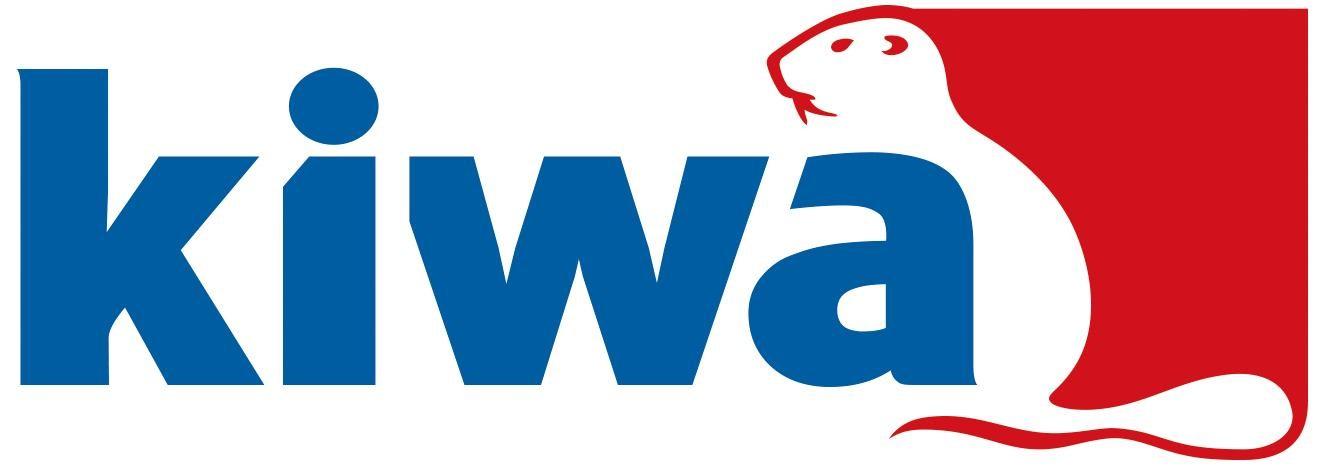

Putting confidence in the performance and longevity of building products to the test
Paul Groves talks to the Kiwa UK Group, which offers a full range of testing, inspection and Agrément services to construction materials manufacturers and System Designers, about the importance differences between CE Marking and BDA Agrément®.
There is a difference between CE Marking, which is required for construction products under the Construction Products Regulation (CPR), and national approvals such as BDA Agrément which is not always obvious to those working in the industry.
The key difference is that CE Marking rarely means that the product so covered is fit for all possible purposes.
Photo: wind uplift testing
The harmonised European Standards, which underpin most CE marks, are focused on the Basic Works Requirements in the CPR:
- Mechanical resistance and stability
- Safety in case of fire
- Hygiene health and environment
- Safety and accessibility in use
- Protection against noise
- Energy economy including heat retention
- Sustainable use of natural resources
The idea is that CE marked products incorporated in buildings will allow the buildings to meet the above requirements. But there is more to it: CE Marking does not mean that the product is fit for all possible purposes.
The architect or main contractor must satisfy themselves that the product is suitable for the intended use, normally by reference to a document or label called a Declaration of Performance, which provides additional information about the product.
CE Marking alone does not necessarily mean that the product allows Building Regulations to be met and important statutory or non-statutory national considerations, such as NHBC acceptance, are not included.

Photo: thermal shock testing
However, CE Marking accompanied by a Declaration of Performance showing to the satisfaction of the architect, contractor or building control body that the product meets the requirements for the building under consideration, will be acceptable under Building Regulations.
A BDA Agrément addresses the Building Regulations applicable to each part of the UK and NHBC criteria are also considered – in a single document.
Durability is not addressed by CE Marking but every BDA Agrément contains a durability statement — important information for architects, developers and building owners, letting them know how long the product is likely to last. Installation information is also absent from CE Marking but there are installation details in all BDA Agréments.
Surveillance and inspection vary in CE Marking depending on the nature of the product and its role in the building; the more health and safety critical, the more onerous the regime.
At the lower end of the scale the manufacturer or importer can simply declare that the relevant product complies with the Standard and apply the CE mark, with no continuing surveillance.

Photo: cyclic load testing
Most products will be CE marked on the basis of initial type testing and a management systems certification by a body notified for that purpose to the European Commission. Only products with key health and safety considerations need the involvement of a product certification body before CE Marking can be applied.
With assessment undertaken by Kiwa Building Products, testing is conducted (where necessary) and test report data is analysed by our experts.
If the assessment is favourable the manufacturer is then subject to continuing surveillance by Kiwa BP's inspectors throughout the validity of the BDA Agrément. This means specifiers, users and building owners can have total confidence that all products with a BDA Agrément will be — and perform — exactly as set out in the document.

